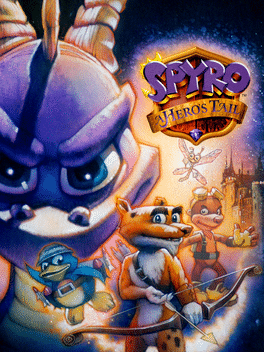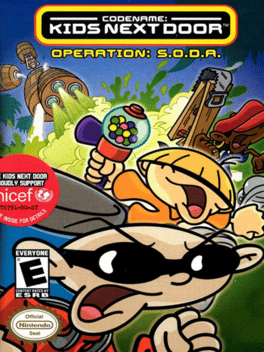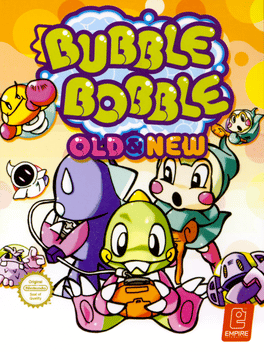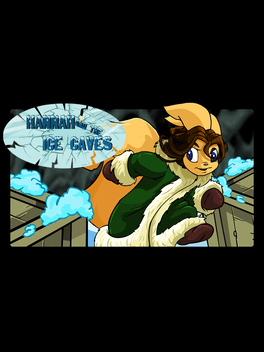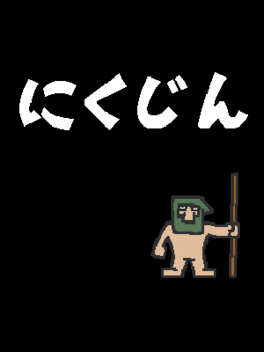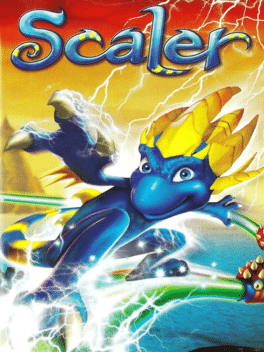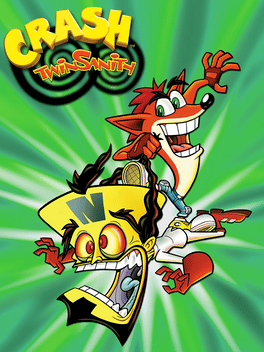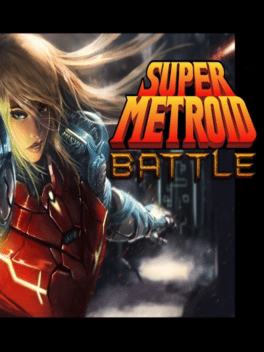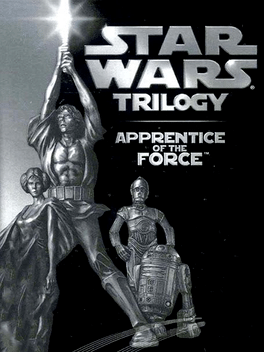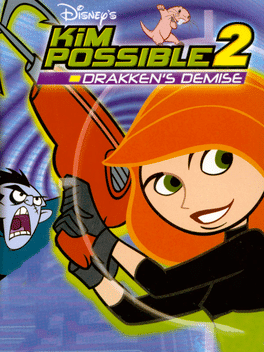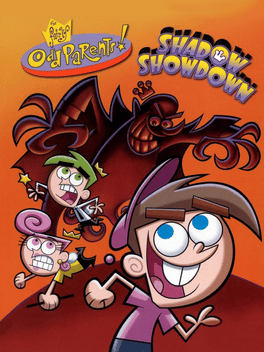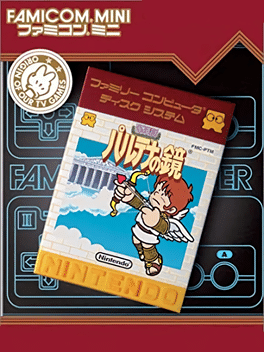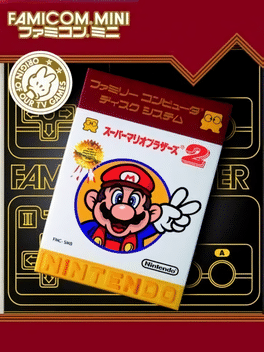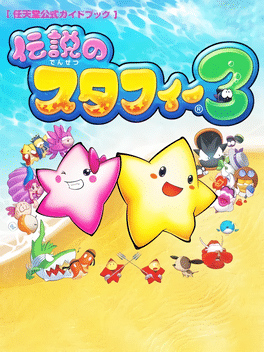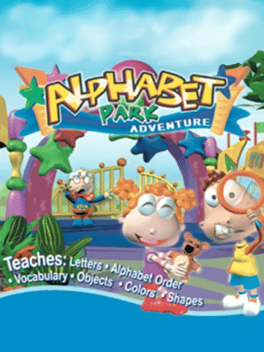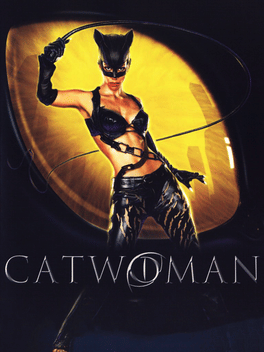New Platform Games - Page 174
-
Spyro: A Hero's Tail
2004
Spyro: A Hero's Tail
2004
star 6.5Spyro: A Hero's Tail is the fifth console game in the original Spyro series and the ninth game in the series in all. Developed by Eurocom, it was the first game in the series for the Xbox, as well as the second game in the series for the PlayStation 2 and GameCube (with the former console release being the only one of the three to support widescreen). It is also the final installment in the original Spyro continuity for home consoles. This is also the first and only Spyro game to be completely produced in Europe. The game introduces a new antagonist, Red, a former Dragon Elder banished years before the events of the game, and sees the protagonist, Spyro the Dragon, attempt to defeat him with the aid of his best friend Sparx, Hunter the Cheetah, flying penguin Sgt. Byrd, and mole Blink, who are all playable. -
Codename: Kids Next Door - Operation S.O.D.A.
2004
With the unanimous passing of the Soda Control Act by the Completely Unbiased We Don't Like Kids Adult Senate, the drinking age of soda has been raised to 13 years and older. Now, you can join the Kids Next Door as they fight for children's soda-drinking rights. Based on the animated show on Cartoon Network, this game lets you play as all five Kids Next Door operatives, each of whom has unique abilities. As you embark on this new adventure, you can use ordinary junk to create weapons and vehicles for your party. -
Sonic Mega Collection Plus
2004
star 7.3Sonic Mega Collection Plus is an update of Sonic Mega Collection for the PlayStation 2 and Xbox consoles. A Microsoft Windows version was also released in Europe and North America. This edition includes all of the games in Sonic Mega Collection, including the two Genesis games that were included in the Japanese version of Sonic Mega Collection, plus the addition of six Game Gear games. -
Bubble Bobble: Old & New
2004
No one has ever been able to say just why Bubble Bobble is so much fun, but its mixture of cute baby dinosaurs, candy, and bubbles should give those new to the game an idea. Battle your way through over 100 levels of frantic bubble mayhem. Capture your enemies in bubbles then pop them with your spiky back to clear each stage. Find your way to the bottom of the 100-level cave and save a damsel in distress. Fortunately, if you've never experienced the glee for yourself, all of those elements are back in force in Bubble Bobble Old & New for Game Boy Advance. The game closely follows the original Bubble Bobble arcade classic, but splices together two gaming generations while employing the same graphics and gameplay structure as the original. It also took inspiration from the sequel, Rainbow Islands released in 1989. -
Hannah and the Ice Caves
2004
Hannah and the Ice Caves is the second in the trilogy of Hannah the Brave games. Following her exploits in the Pirate Caves and coinciding with a sitewide plot event, Hannah is joined by Armin of the newly introduced Bori race. Together, they must combine their unique abilities to clear a path and reach the exit. -
Nikujin
2004
-
Luigi's Invasion
2004
-
Scaler
2004
Scaler
2004
star 7.9Scaler follows the story of a lizard-loving 12-year-old boy named Bobby "Scaler" Jenkins who accidentately stumbles across an evil plot to dominate the world through use of mutated lizards. Scaler is remembered as a niche game that brought interesting ideas and a striking visual style, being a hidden gem for fans of 3D platformers of that era. -
Crash Twinsanity
2004
Crash Twinsanity
2004
star 6.5Crash Twinsanity is the fifth mainline series game of the Crash Bandicoot series where Crash and the villain Cortex are forced into partnership. Each character occupies the same screen but they run along on different planes. Crash's gameplay is mostly the same as before, he can still do his trademark spin attack, double jump and body slam moves. The originality comes in his duo with Dr. Cortex, as he can throw him to places he can't reach himself or use him as a hammer to slap enemies. The consistent conflict between both heroes causes many funny situations. -
Star Wars Trilogy: Apprentice of the Force
2004
star 6.8For the first time, the legendary Star Wars movie trilogy arrives on Game Boy Advance. Players will experience the most exciting and memorable scenes from Star Wars: A New Hope, The Empire Strikes Back, and Return of the Jedi. Control Luke as he becomes a Jedi, fight Darth Vader and Boba Fett, escape from the fearsome rancor beast, and destroy the Death Star. -
Disney's Kim Possible 2: Drakken's Demise
2004
Kim Possible's new adventure leads her into battle with Falsetto Jones, Gemini, Duff Killigan, Shego, and Dr. Drakken in four intense episodes. In each new episode, Kim gains gadgets and acrobatic abilities that allow her to bounce up walls, judo-flip henchmen, reflect laser beams, and spray hot sauce to melt icy obstructions. If all else fails, you can engage her stealth suit and make her invisible to enemy eyes. Once Kim acquires new gadgets and abilities, you can then replay earlier levels to access areas that were previously unreachable. -
Super Mario Epic 2: Dream Machine
2004
The sequel to Super Mario Epic, Super Mario Epic 2 has over 15 levels and features like Flippers, Hammer Brothers suit, and more! -
The Fairly OddParents: Shadow Showdown
2004
The Fairly OddParents!: Shadow Showdown is a 3D platformer game based on The Fairly OddParents cartoon. When the TV goes out just as the season finale of Crash Nebula starts, Timmy Turner asks his Fairy Godparents for a little help. When they find their magic is gone, they travel to the Fairy world, where they quickly learn that the Royal jewel is missing and Jorgen von Strangle thinks a recently fired jester is responsible. Now the player is off to uncover the truth. -
Actraiser
2004
Actraiser
2004
star 3.7Square Enix released a limited version of Actraiser for mobile phones, published by Macrospace on September 1, 2004. It consists of the first three side-scrolling levels of the game, with the town-building portions completely omitted. -
Famicom Mini: Hikari Shinwa - Palutena no Kagami
2004
Famicom Mini: Hikari Shinwa - Palutena no Kagami is a Game Boy Advance video game released in 2004 by Nintendo. It is a remake of the Famicom game Kid Icarus, and little to no alterations were made on the game to stay faithful to the original title. The game was not released in America or Europe, and thus was exclusive to Japan. It was part of the Famicom Mini Series that re-released a variety of classic Famicom games for the Game Boy Advance. -
Famicom Mini: Super Mario Bros. 2
2004
Famicom Mini Series: Super Mario Bros. 2 is a Game Boy Advance video game released in 2004 by Nintendo. It is a port of the Famicom game Super Mario Bros. 2 (known as Super Mario Bros.: The Lost Levels in America and Europe), and little to no alterations were made on the game to stay faithful to the original title. The game was not released in America or Europe, and thus was exclusive to Japan. It was part of the Famicom Mini Series that re-released a variety of classic Famicom games for the Game Boy Advance. -
Densetsu no Starfy 3
2004
Densetsu no Starfy 3
2004
A short time after Densetsu no Starfy 2, everything was calm and everyone including Stafy was happy again, until another severe thunderstorm came and shook Pufftop Palace. This time, it is more severe than the ones in the past. A lightning struikes the Magic Jar, destroys it and Ogura is free again. -
Catwoman
2004
Catwoman
2004
star 5.4The Game Boy Advance version of the Catwoman movie license video game. The look of the graphics aims toward a comic-book feel instead of the more realistic-looking 3D of the console and PC versions.
